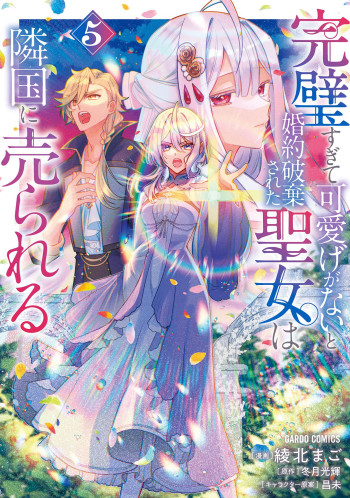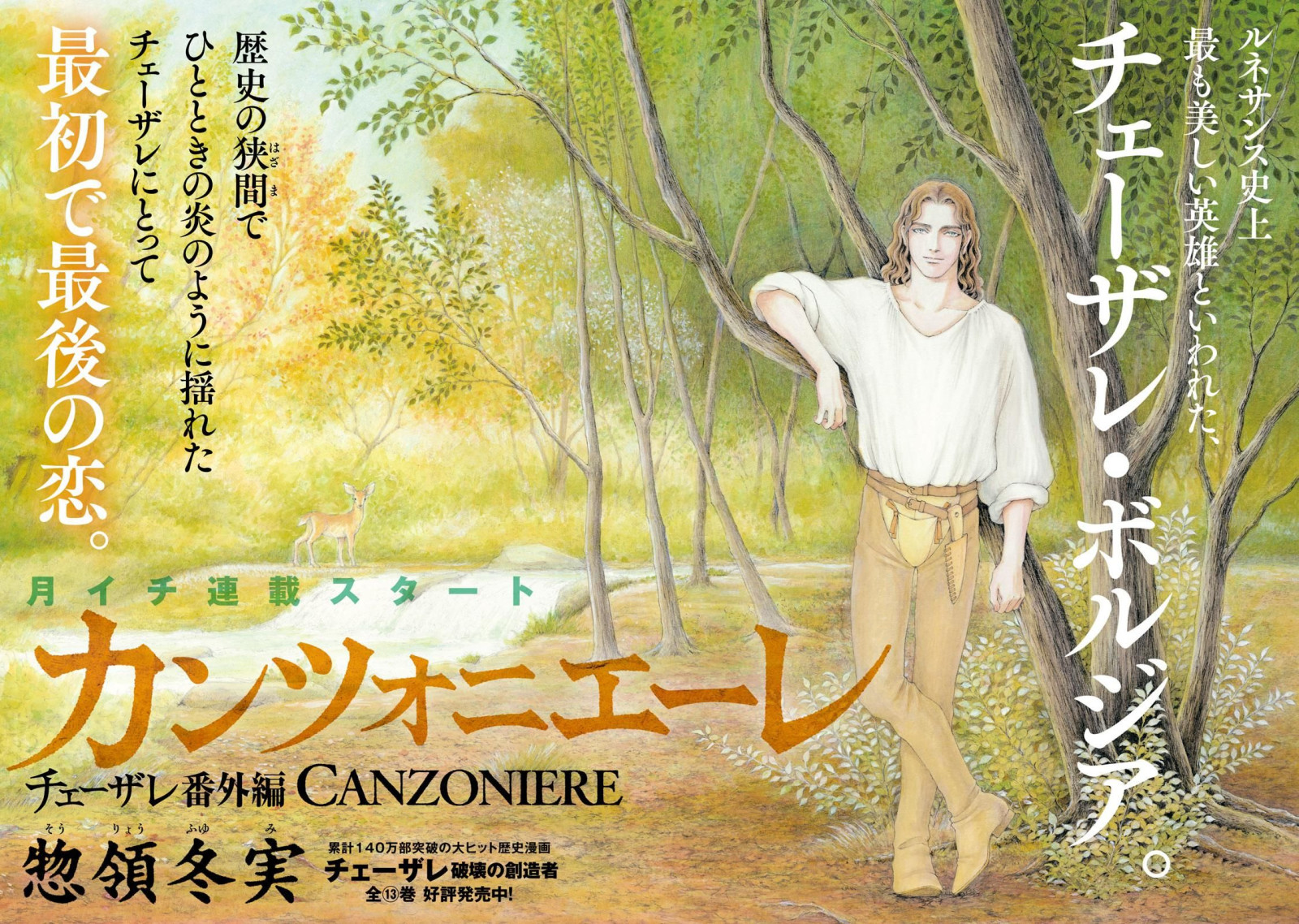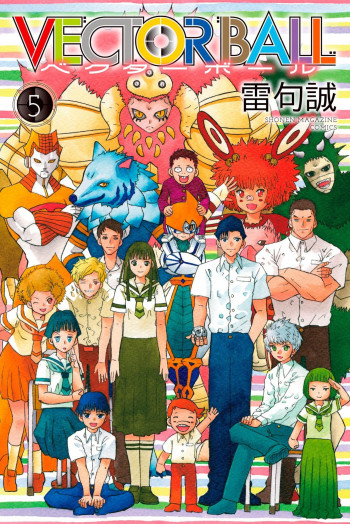Tess Oliver's Drive Me Wilde is a captivating exploration of love, resentment, and the complexities of human relationships, set against the backdrop of a small-town dynamic that many readers will find relatable. The story revolves around Indiana Nash and Jameson Wilde, two characters whose lives are intricately intertwined by a shared history of animosity and unfulfilled desires. Oliver deftly navigates the emotional landscape of their relationship, making this novel a compelling read for fans of contemporary romance.
The narrative begins with Indiana Nash, who returns to her hometown of Rockhurst after a tumultuous period in Los Angeles. The author skillfully establishes Indiana's internal conflict; she is a woman who has been shaped by her past, particularly her fraught relationship with Jameson, her brother's best friend. The tension between them is palpable, rooted in years of mutual disdain that stemmed from their high school days. Indiana's initial feelings of hatred towards Jameson are not just a simple teenage grudge; they are layered with deeper emotions that resonate throughout the story.
Jameson Wilde, on the other hand, is portrayed as a complex character who has endured his own struggles. The revelation that he is a single father adds depth to his character, showcasing his growth and the sacrifices he has made for his daughter, Rio. This aspect of his life introduces a new dimension to the narrative, as it complicates his feelings for Indiana. The juxtaposition of his past feelings of love and current responsibilities creates a rich emotional tapestry that Oliver weaves throughout the book.
One of the most striking themes in Drive Me Wilde is the idea of redemption and forgiveness. Both Indiana and Jameson must confront their past grievances and the pain they have caused each other. As they navigate their renewed connection, the reader witnesses a gradual transformation in their relationship. The author excels in portraying the tension between their lingering animosity and the undeniable chemistry that simmers beneath the surface. This push and pull keeps readers engaged, as they root for the characters to overcome their past and embrace the possibility of a future together.
Oliver's character development is commendable, particularly in how she allows Indiana and Jameson to evolve throughout the story. Indiana's journey back home is not just a physical return but also a metaphorical one, as she confronts her past and learns to let go of her anger. Jameson, too, experiences growth as he grapples with his feelings for Indiana while prioritizing his role as a father. Their interactions are charged with emotion, and the author captures the nuances of their evolving relationship with finesse.
The setting of Rockhurst plays a significant role in the narrative, serving as a character in its own right. The small-town atmosphere is depicted with vivid detail, creating a sense of nostalgia and familiarity. This backdrop enhances the emotional stakes of the story, as both characters are forced to confront not only their feelings for each other but also the memories and relationships that have shaped them. The contrast between Indiana's chaotic life in Los Angeles and the simplicity of her hometown adds to the thematic richness of the novel.
Another notable aspect of the book is its exploration of parenthood and responsibility. Jameson's journey as a single father is portrayed with sensitivity and realism. His love for Rio is palpable, and it serves as a grounding force in his life. This theme resonates with readers, particularly those who have experienced the challenges of balancing personal desires with familial obligations. Oliver's portrayal of Jameson's struggles adds depth to his character, making him relatable and endearing.
While the romance between Indiana and Jameson is central to the plot, the book also delves into the importance of friendship and community. The supporting characters, including Indiana's brother and Jameson's daughter, enrich the narrative and provide additional layers to the story. Their interactions highlight the significance of support systems and the impact of shared experiences, further emphasizing the theme of connection.
In terms of writing style, Tess Oliver's prose is engaging and accessible. She strikes a balance between emotional depth and lighthearted moments, making the story both poignant and enjoyable. The dialogue is natural and flows seamlessly, allowing readers to immerse themselves in the characters' world. The pacing is well-executed, with a gradual build-up of tension that keeps readers invested in the outcome of Indiana and Jameson's relationship.
In comparison to other contemporary romance novels, Drive Me Wilde stands out for its focus on the complexities of past relationships and the journey towards forgiveness. Readers who enjoyed books like The Hating Game by Sally Thorne or Beautiful Disaster by Jamie McGuire will likely find Oliver's work appealing. The themes of love, rivalry, and personal growth resonate throughout the genre, but Oliver's unique take on these elements sets her apart.
Overall, Drive Me Wilde is a heartfelt and engaging romance that explores the intricacies of love, hate, and redemption. Tess Oliver has crafted a story that is both relatable and emotionally resonant, making it a must-read for fans of the genre. With well-developed characters, a rich setting, and a compelling narrative, this novel is sure to leave a lasting impact on its readers.
























Reviews 0
Post a Reviews: